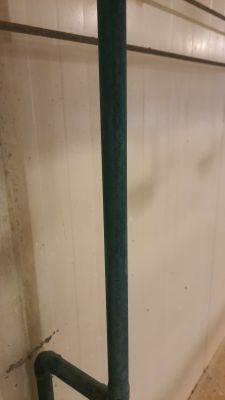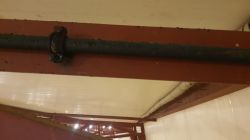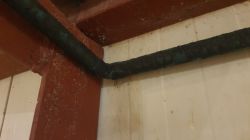

Czy wolisz polską wersję strony elektroda?
Nie, dziękuję Przekieruj mnie tamviayner wrote:Yes, copper is rather resistant to corrosion, but slightly less than brass (an alloy of copper and zinc), in which the addition of zinc increases the resistance to oxidation.Hello,
it looks like surface deposits, I don`t know what your environment is? brazed pipes - how are they connected? Warm water accelerates corrosion processes, although copper is a metal on the "precious" side, corrosion does occur, it`s all a matter of conditions.


